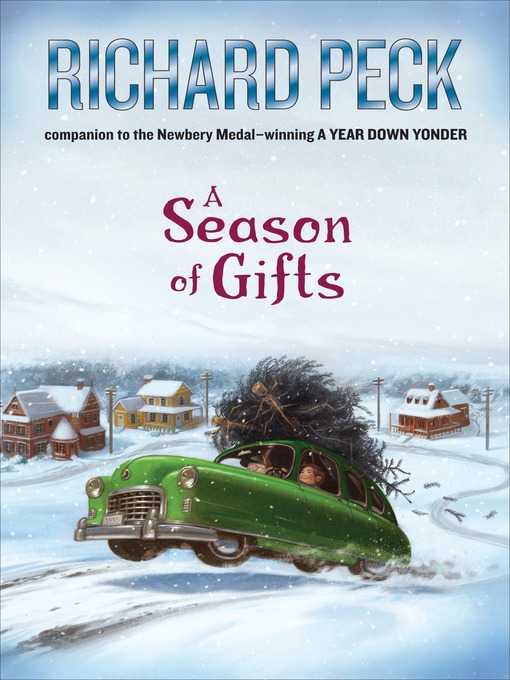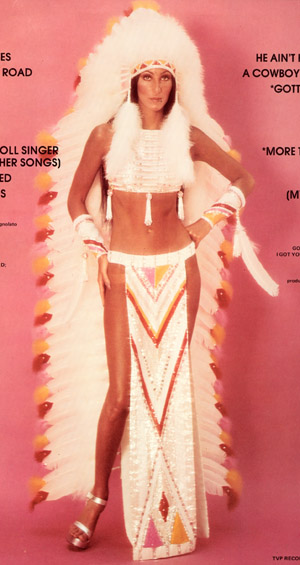Richard Peck's A SEASON OF GIFTS
These emails were not the first I'd heard about the book. A few weeks ago, Roger Sutton mentioned it at his blog, saying something like "pass the popcorn" and that the PC police were not going to like the book.
"Some used to say they'd seen the ghost of a girl in a feathered headdress and moccasins," Mrs. Dowdell recalled. "You know how people talk. They called her the Kickapoo Princess."
They wee all scared too speechless to warn Barbara Jean. But they all agreed on one point: The Kickapoo Princess was wearing a full feathered headdress and carried a pair of gourd rattles in her weirdly pale little hands. And they all said her hair was in braids.
Comment: As Reese notes, the Indian burial ground is one of the most common clichés in stories about Indians. Her main complaint is that A Season of Gifts treats the Kickapoo as if they're dead, not a thriving tribe in Oklahoma.
To me, the main problem is the whole concept of the "Kickapoo Princess." Unless the Kickapoo were different from other tribes, they didn't have princesses and they didn't let women wear feathered headdresses. This "Princess" sounds like a male fantasy from a comic book or a horror movie. I bet she looks like a Hollywood starlet and is dressed in a buckskin mini-skirt.
About the only excuse for this book is if there really is a legend of a Kickapoo Princess who appeared over a burial ground in a chief's headdress. Then I could (barely) see appropriating the legend for a work of fiction. But if that wasn't Peck's inspiration, he's created a stereotypical story based on stupid stereotypes. He has only himself to blame if people criticize him for it.
For more on the subject, see The Best Indian Books.

A Kickapoo Princess?


No comments:
Post a Comment